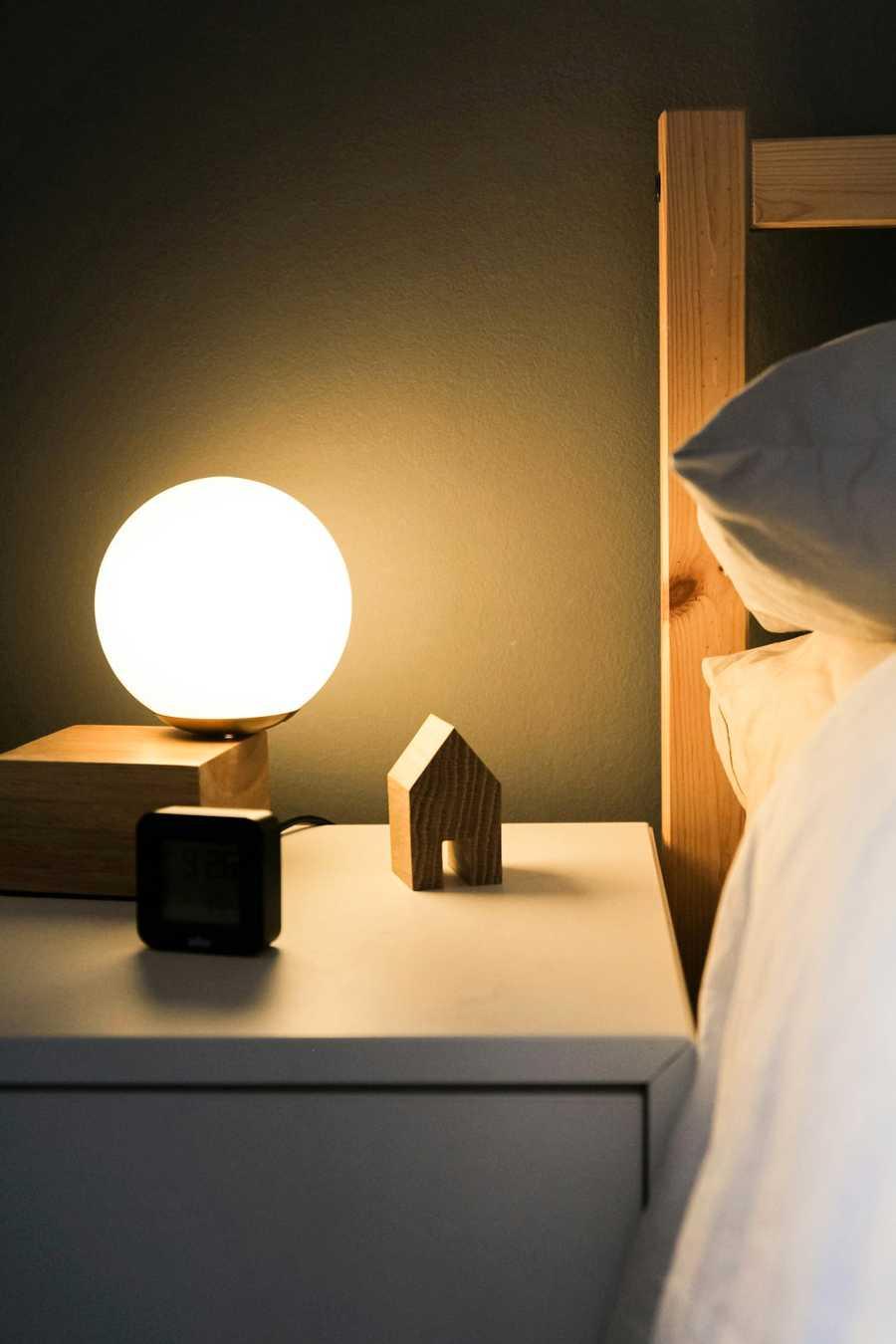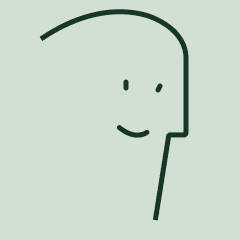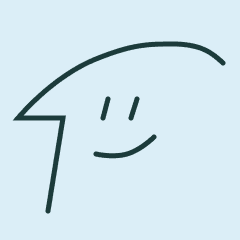Learn more about health with this collection
How to listen to your body's hunger and fullness cues
How to develop a positive relationship with food
How to trust yourself around food
Lucid Dreaming
- You’re aware of your consciousness during a dream
- You can control what happens in your dream
- Occurs during rapid eye movement (REM), the dream-stage of sleep
- 55% of people have had one or more lucid dreams in their lifetime
- a form of metacognition, or awareness of your awareness
188
3.03K reads
Lucid Dream Research
Psychophysiologist Dr. Stephen LaBerge has become the pioneer in the subject.
He invented one of the most popular lucid dreaming techniques and led many scientific studies.
His work has helped researchers discover therapeutic benefits of lucid dreaming, which may be useful in treating conditions like PTSD, recurring nightmares, and anxiety.
174
1.79K reads
Lucid Dreaming Techniques
They train your mind to pay attention to your own consciousness. They’re also designed to help you regain or maintain consciousness as you enter REM sleep.
168
1.85K reads
Lucid Dreaming | Reality Test Technique
Reality checking is a form of mental training. It increases metacognition by training your mind to notice your own awareness.
Enhance your metacognition by doing reality tests while you’re awake.
Try following these steps:
- Ask yourself, “Am I dreaming?”
- Check your environment to confirm whether or not you are dreaming.
- Notice your own consciousness and how you’re engaging with your surroundings.
Set an alarm every two or three hours to remind yourself to do a reality check.
191
1.64K reads
Lucid Dreaming | Common Reality Tests
Common reality checks that people use to lucid dream:
- Mirrors. Gaze at your reflection to see if it’s normal.
- Solid Objects. Press your hand against something to see if it goes through.
- Hands. Stare at your hands. Do they look different?
- Time. Look at a clock. In a dream, the time changes constantly. But if you’re awake, it moves normally.
- Breathing. Pinch your nose and see if you can breathe. If you can, you’re dreaming.
Choose one reality check and do it multiple times a day. This trains your mind to repeat the reality checks while dreaming, which can induce lucid dreaming.
198
1.52K reads
Lucid Dreaming | WBTB Technique
Wake back to bed (WBTB) involves entering REM sleep while you’re still conscious.
Try this:
- Set an alarm for five hours after you go to bed.
- Go to sleep as usual.
- When the alarm goes off, stay up for 30 minutes. Enjoy a quiet activity like reading.
- Fall back asleep.
When you go back to sleep, you’ll be more likely to lucid dream.
While you’re awake, choose any activity that requires full alertness.
205
1.44K reads
Lucid Dreaming | MILD Technique
Mnemonic Induction of Lucid Dreams (MILD), created by LaBerge, was one of the first methods that used scientific research to bring on lucid dreams.
It’s based on a behavior called prospective memory, which involves setting an intention to do something later.
In MILD, you make the intention to remember that you’re dreaming.
171
1.29K reads
Lucid Dreaming | How To Use the MILD Technique
- Think of a recent dream as you fall asleep.
- Look for a “dreamsign,” or things that are strange in the dream. Like flying.
- Think about going back to the dream. Recognize that the dreamsign only happens when you dream.
- Say, “The next time I dream, I want to remember that I’m dreaming.” Recite it in your mind.
Practice MILD after waking up in the middle of a dream. It’ll be fresher in your mind.
To combine WBTB with MILD, set an alarm to wake up in five hours. While you’re awake, practice MILD.
184
1.17K reads
Lucid Dreaming | Dream Journaling Technique
A dream journal, or dream diary, is a popular method for initiating lucid dreaming.
When you record your dreams, you’re forced to remember what happens during each one. It helps you recognize dreamsigns and enhances awareness of your dreams.
Log your dreams right when you wake up, and remember to read your dream journal often.
176
1.03K reads
Lucid Dreaming | WILD Technique
Wake-Initiated Lucid Dream (WILD) occurs when you directly enter a dream from waking life.
WILD helps your mind stay conscious while your body goes to sleep.
Basically, you lay down and relax until you experience a hypnagogic hallucination, or a hallucination that occurs when you’re just about to fall asleep.
WILD is simple, but it’s difficult to learn. Practicing other lucid dreaming techniques will increase your chances of WILD.
175
1.04K reads
How To Wake Up from a Lucid Dream
Try these techniques:
- Call out for help. Yelling in your dream tells your brain it’s time to get up.
- Blink. Repeated blinking may help wake up your mind.
- Fall asleep in your dream. If you know you’re dreaming, go to sleep in your dream so you can wake up in real life.
- Read. Try to read a sign or book in your dream. This may activate parts of your brain that aren’t used in REM.
184
1.1K reads
Benefits of Lucid Dreaming
Lucid dreaming might help people therapeutically:
- overcome recurring nightmares and issues, often associated with PTSD, anxiety, stress, depression, insomnia, etc.
- control their dreams to face the situations that cause them anxiety
- through physical rehabilitation by mentally performing motor skills that can increase our physical ability to do them
168
1.02K reads
The Negative Side of Lucid Dreaming
Some negative aspects are:
- Sleep problems. With WBTB and MILD, you wake up in the middle of the night, making it hard to get enough rest. More so, if you suffer from a sleep disorder.
- Derealization. Sleep disturbances can lead to derealization, or the feeling that people, things, and your environment aren’t real.
- Depression. Sleep disruptions may increase depressive symptoms.
- Sleep paralysis. Occurrences are brief, yet terrifying. Sleep problems can increase the risk of sleep paralysis.
164
1.06K reads
CURATED BY
Finding Zen. Always Learning. Lifelong Lover of Many Things. My Diverse Passions Fuels My Endless Quest for Knowledge and Personal Growth.
More like this
7 ideas
Lucid Dreams
webmd.com
7 ideas
Why We Dream What We Dream
psychologytoday.com
9 ideas
Why Do We Dream? The Role of Dreams and Nightmares
healthline.com
Explore the World’s
Best Ideas
200,000+ ideas on pretty much any topic. Created by the smartest people around & well-organized so you can explore at will.
Powerful Saving & Organizational Tools
Save ideas for later reading, for personalized stashes, or for remembering it later.
Start
31 ideas
Start
44 ideas
# Personal Growth
Take Your Ideas
Anywhere
Organize your ideas & listen on the go. And with Pro, there are no limits.
Listen on the go
Just press play and we take care of the words.
Never worry about spotty connections
No Internet access? No problem. Within the mobile app, all your ideas are available, even when offline.
Get Organized with Stashes
Ideas for your next work project? Quotes that inspire you? Put them in the right place so you never lose them.
Start
47 ideas
Start
75 ideas
My Stashes
Join
2 Million Stashers
4.8
5,740 Reviews
App Store
4.7
72,690 Reviews
Google Play
samz905
Don’t look further if you love learning new things. A refreshing concept that provides quick ideas for busy thought leaders.
“
Shankul Varada
Best app ever! You heard it right. This app has helped me get back on my quest to get things done while equipping myself with knowledge everyday.
“
Ashley Anthony
This app is LOADED with RELEVANT, HELPFUL, AND EDUCATIONAL material. It is creatively intellectual, yet minimal enough to not overstimulate and create a learning block. I am exceptionally impressed with this app!
“
Sean Green
Great interesting short snippets of informative articles. Highly recommended to anyone who loves information and lacks patience.
“
Ghazala Begum
Even five minutes a day will improve your thinking. I've come across new ideas and learnt to improve existing ways to become more motivated, confident and happier.
“
Giovanna Scalzone
Brilliant. It feels fresh and encouraging. So many interesting pieces of information that are just enough to absorb and apply. So happy I found this.
“
Jamyson Haug
Great for quick bits of information and interesting ideas around whatever topics you are interested in. Visually, it looks great as well.
“
Laetitia Berton
I have only been using it for a few days now, but I have found answers to questions I had never consciously formulated, or to problems I face everyday at work or at home. I wish I had found this earlier, highly recommended!
“
Read & Learn
20x Faster
without
deepstash
with
deepstash
with
deepstash
Access to 200,000+ ideas
—
Access to the mobile app
—
Unlimited idea saving & library
—
—
Unlimited history
—
—
Unlimited listening to ideas
—
—
Downloading & offline access
—
—
Personalized recommendations
—
—
Supercharge your mind with one idea per day
Enter your email and spend 1 minute every day to learn something new.
I agree to receive email updates
















